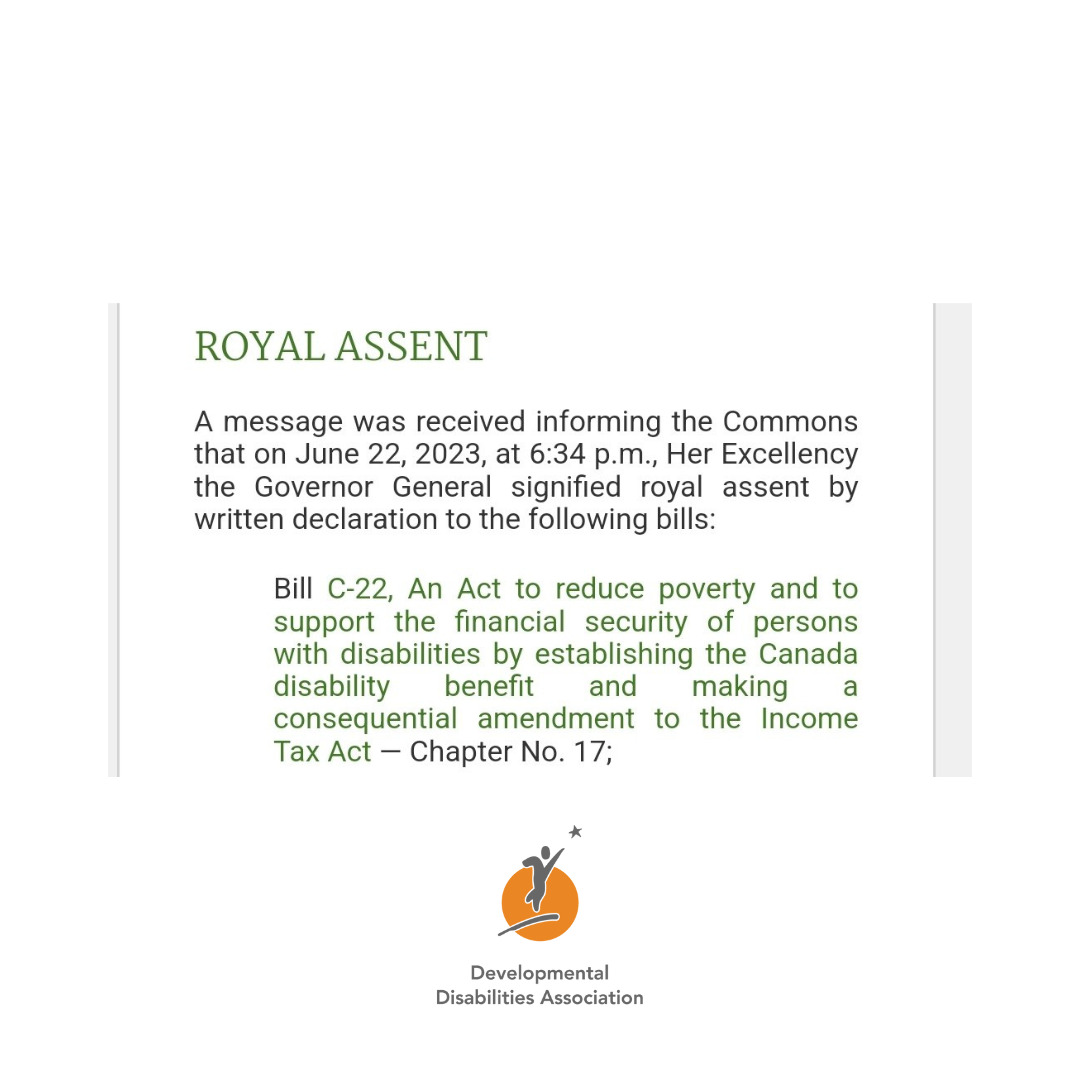“The true measure of any society can be found in how it treats its most vulnerable members.” – Mahatma Gandhi
It’s official!! The new Canada Disability Benefit has received Royal Assent and is now law in Canada. First proposed in 2020 the bill seemed to languish in the House of Commons as many in the disability community fell deeper into poverty.
A 2017 Statscan study found that 22% of Canadians identify as having a disability. That’s roughly 6.2 million people and at least 25% report low income. Now, we have an opportunity to change that.
For the legislators in Ottawa, the work is just beginning. Specific details and impact of the Canada Disability Benefit will depend on the legislation itself, its implementation, and any accompanying policies.
Many questions remain: How much will individuals get? What guidelines must a person meet? Will other provincial or federal benefits be clawed back as a result?
The only glaring issue facing the community at the moment is they have to wait even longer before any money is allocated. Ironing out the aforementioned details is expected to take at least another year.
At the end of the day, the devil will be in the details, but at least the government and the community will have new supports to work with. Let’s just hope expectations and reality meet in a workable way.
Some potential benefits of the new Canada Disability Benefit:
Reduced poverty rates: Disabilities can sometimes be associated with a higher risk of poverty due to various factors like additional expenses and limited employment opportunities. The Canada Disability Benefit should help reduce poverty rates among individuals with disabilities and provide them with a better chance at economic security.
Financial support: The Canada Disability Benefit will provide financial assistance to eligible individuals with disabilities, offering a reliable source of income. This could help alleviate some of the financial burdens faced by individuals with disabilities and their families.
Improved quality of life: With increased financial stability, individuals with disabilities will hopefully have better access to necessary resources, such as healthcare, assistive devices, specialized treatments, or supportive services. This could lead to an overall improvement in their quality of life.
Increased inclusion and participation: The Canada Disability Benefit can help reduce barriers that individuals with disabilities face when participating in society. With improved financial support, they may have more opportunities to engage in activities, pursue education, seek employment, and actively participate in their communities.
Policy and societal changes: The introduction of the Canada Disability Benefit may also stimulate discussions and debates around disability rights, social support systems, and inclusivity in Canadian society. It could encourage policymakers, advocacy groups, and the general public to prioritize the needs and rights of individuals with disabilities.



